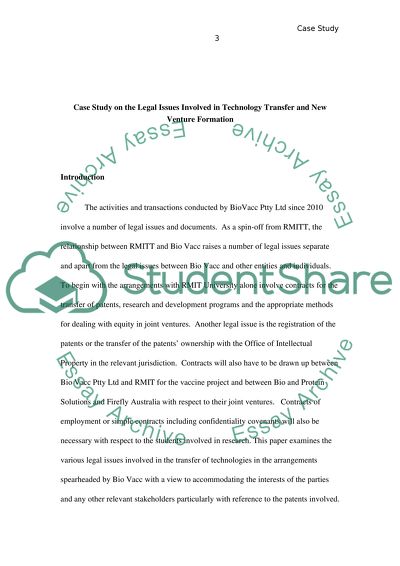Cite this document
(“Biotechnology legal issues involved in technology transfer and new Assignment”, n.d.)
Retrieved from https://studentshare.org/other/1424487-biotechnology-legal-issues-involved-in-technology
Retrieved from https://studentshare.org/other/1424487-biotechnology-legal-issues-involved-in-technology
(Biotechnology Legal Issues Involved in Technology Transfer and New Assignment)
https://studentshare.org/other/1424487-biotechnology-legal-issues-involved-in-technology.
https://studentshare.org/other/1424487-biotechnology-legal-issues-involved-in-technology.
“Biotechnology Legal Issues Involved in Technology Transfer and New Assignment”, n.d. https://studentshare.org/other/1424487-biotechnology-legal-issues-involved-in-technology.


